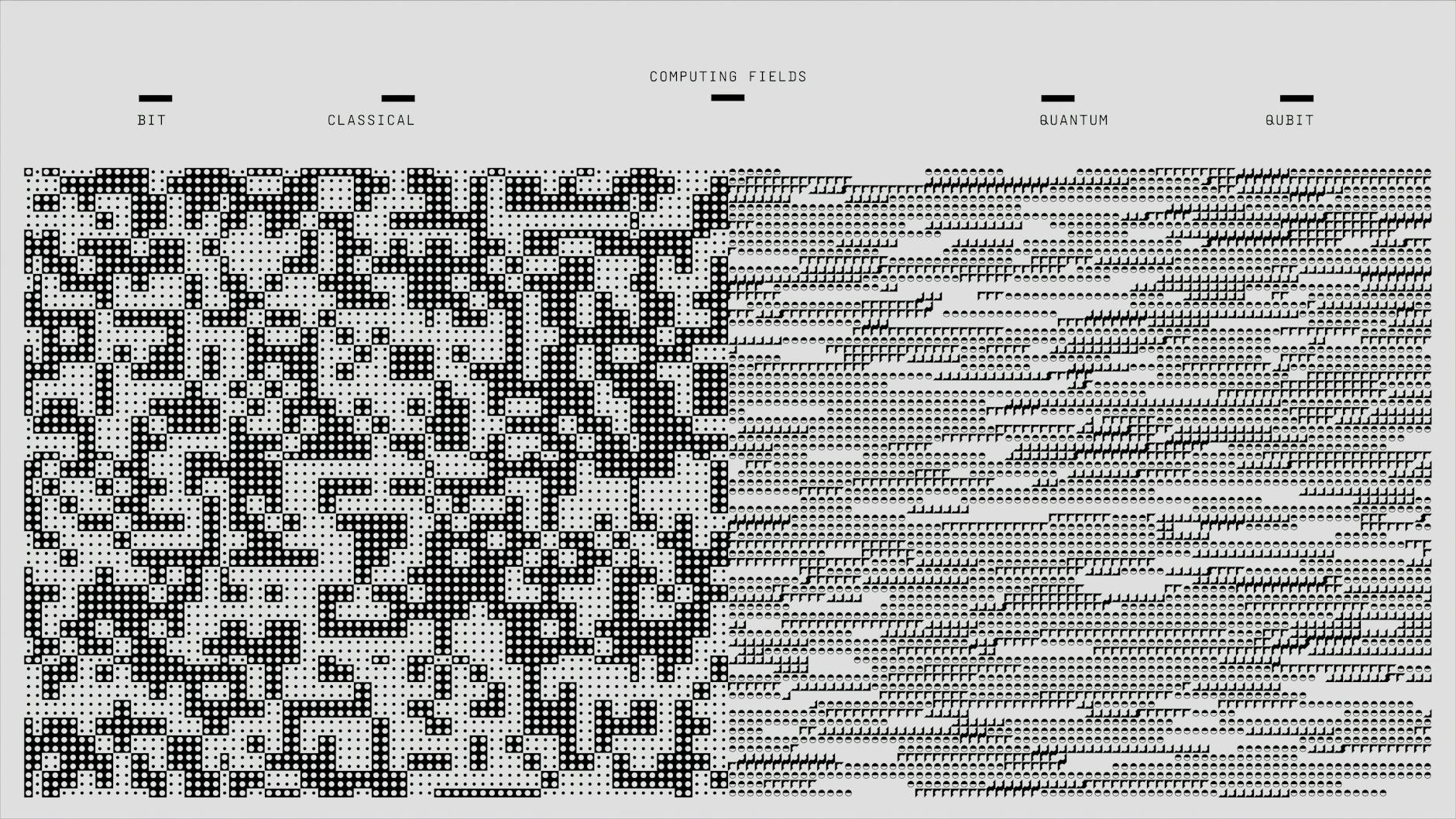The Future of Quantum Computing in Aerospace Engineering

Revolutionizing Aerospace Engineering
Quantum computing, a cutting-edge technology that harnesses the principles of quantum mechanics, is poised to revolutionize the field of aerospace engineering in ways previously unimaginable. With the potential

Enhancing Simulation Capabilities
One of the key areas where quantum computing can make a significant impact in aerospace engineering is in enhancing simulation capabilities. Traditional computers struggle to efficiently model complex fluid dynamics, structural analysis, and aerodynamics. Quantum computers, with their ability to process vast amounts of data simultaneously, offer a solution to this challenge.
Optimizing Material Design
Another promising application of quantum computing in aerospace engineering is in optimizing material design. By leveraging quantum algorithms, researchers can explore a vast array of material compositions and properties, leading to the development of lightweight yet durable materials that are essential for aircraft construction.
Challenges and Opportunities
While the potential of quantum computing in aerospace engineering is immense, there are challenges that need to be overcome. These include developing error-correcting codes to mitigate quantum decoherence, improving qubit coherence times, and scaling up quantum systems to handle the complexities of aerospace simulations.
- Developing error-correcting codes
- Improving qubit coherence times
- Scaling up quantum systems
The Path Forward
Despite these challenges, researchers and engineers are actively working towards harnessing the full potential of quantum computing in aerospace engineering. Collaborations between academia, industry, and government agencies are driving innovation in this field, paving the way for a future where quantum computers play a central role in redefining the boundaries of aerospace engineering.





